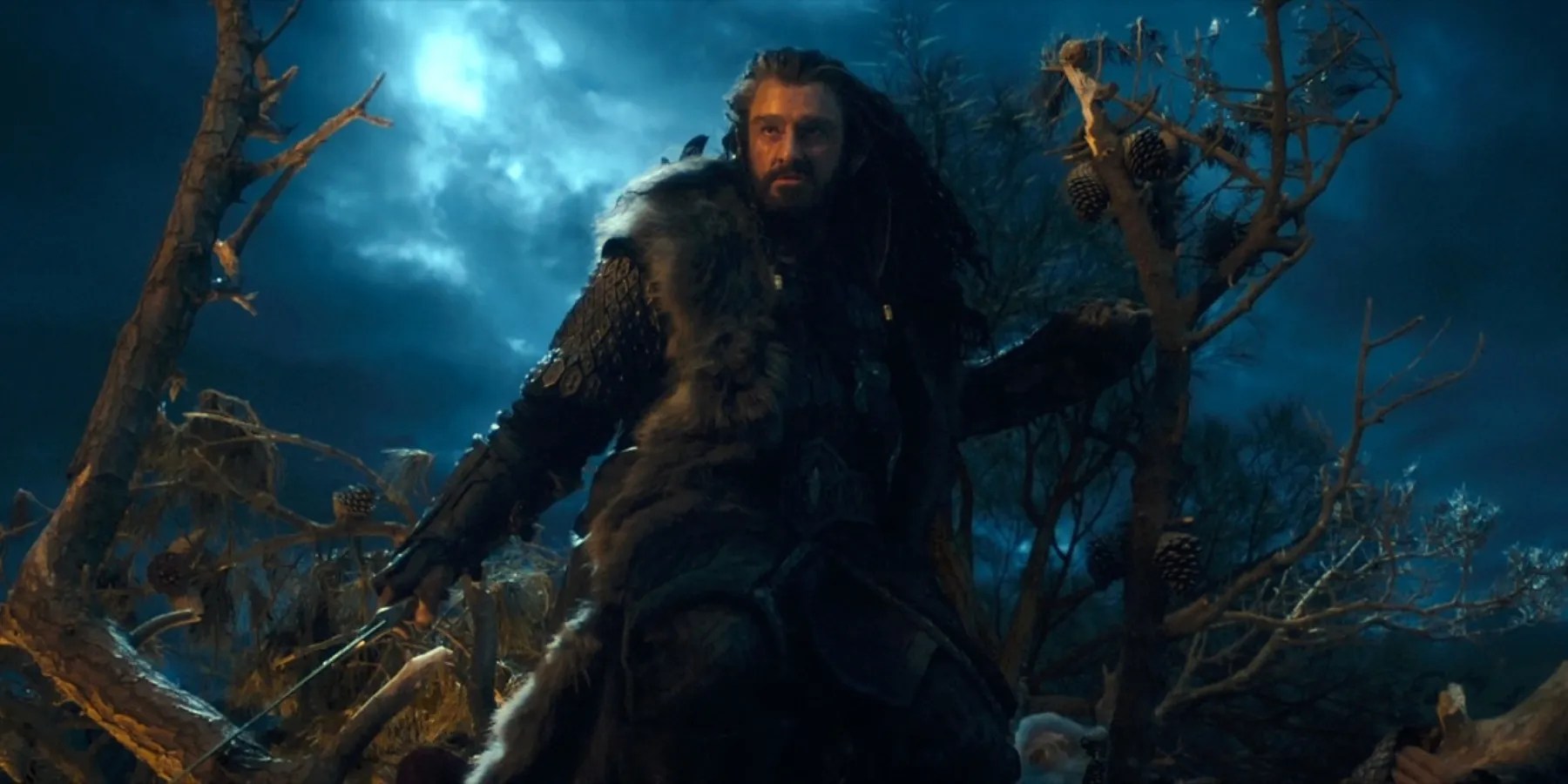Tolkien is one of those quintessentially English writers, who loved to reflect many elements of traditional English culture within his writing. From the Ents andthe trees in the storiesbeing based upon the English woodlands he grew up in, to the hobbits love of drinking, pipe weed, and tending their gardens, so many aspects of him and his love for his home are included in the books.
One thing that is particularly interesting about the English culture, and particularly the English language, is the unusual penchant for words, rhymes and riddles. Tolkien himself was a linguist, and he loved to study languages from all over the world, including the norse and Irish mythologies, translations of epic poems like Beowulf, and the Medieval Roman of Sir Gawain and the Green Knight.

RELATED:What Shared Skill Of All Hobbits Do Frodo And Bilbo Use Throughout Their Quests?
This love of languages is something can be seen strewn throughout all of his literary works, from the elven, dwarven and rohirim languages he created, to the strangespider language that Bilbo is able to understandby using the Babelfish effect of the ring, unusual words and names he creates for his characters, such asAragorn and the long line of predecessors before him. Tolkien loved the playfulness of language, and how it can have so many different nuances and interpretations, from the serious to the fun.

One of the most interesting things about the English in particular is the use of unorthodox catchphrases to give different meanings to things. For example ‘It’s raining cats and dogs’ means that there is a heavy downpour in the weather, and is thought to come from when the sewers of London would flood after a heavy rain, and the cats and dogs would come up into the streets to avoid drowning.
There’s also the interestingly coined ‘getting one’s knickers in a twist’ which means that a person is taking something particularly seriously, and that it is subsequently making them cross and frustrated. Where this phrase comes from is less clear, but it makes sense as a metaphor that the person’s feelings are all twisted up, like the underwear in question. There are numerous odd and quirky catchphrases in the English Language just like these ones, and that is believed to be where thehobbits love of riddlesand word play came from.
Interestingly, Bilbo Baggins himself is said to have created one of these exact catchphrases. One of the most interesting aspects ofThe Hobbitbook is how it joyfully interacts with the modern day world, having several funny anecdotes and amusing snippets about how the characters of the book then, have influenced our world to this day. For example, when the legendary Bulroarer Took, who was so large that he could ride an actual horse, entered into a battle against the goblin army. ‘He swung his club so hard that the king of the goblin’s head was knocked clean off. It sailed through the air, and went down a rabbit hole. Thus the battle was won, and the game of golf invented at the same time.’ Similarly,when Bilbo goes on his own quest, he is thought to have come up with a common English phrase that is very much used throughout the country to this day.
When the companions have finally managed to find their way out of the goblin tunnels and into the surrounding woodlands, they suddenly find themselves being chased and pursued by wolves. They scramble up into the trees, and the famous scene in whichGandalf sets the pine cones alightand throws them on the demons down below takes place. Bilbo at this point is panicking. “What shall we do, what shall we do?” he cried. “Escaping Goblins to be caught by wolves!” he said., and it became a proverb, though people now say “out of the frying pan and into the fire” in the same sort of uncomfortable situations.’ Out of the frying pan and into the fire is such a well-known statement in England, and is used to describe any moment in which someone things that they are leaving a bad situation only to suddenly find themselves in a worse one.
This is one of the many delightful ways in which Tolkien reflects his own culture, and the things that he loves about his heritage. This is whyThe Hobbitis up there among the many great stories that were told as bedtime stories to children, and then written down for the world to share, the like of which also include The Narnia series by C.S. Lewis, a dear friend of Tolkien’s and the man upon whomthe character of Treebeardis believed to be based, and A.A Milne, who wrote the well-known stories of Winnie the Pooh for his son Christopher Robin.